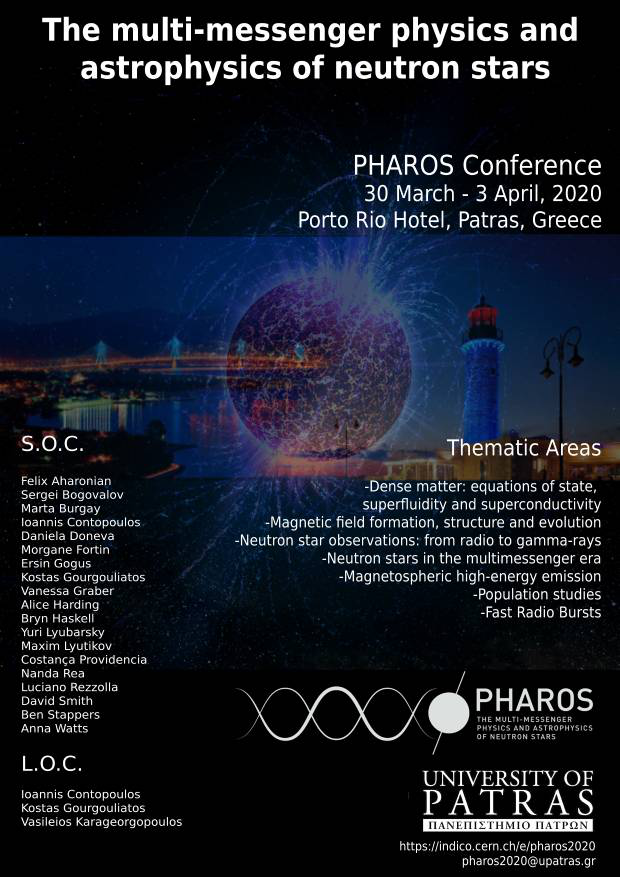Speaker
Description
Single pulses from pulsar are highly variable in shape, width etc, but the average profile is stable. Average profile of a pulsar is a unique property of any given pulsar, making it a best way to characterize the emission geometry. The evolution of pulse profile morphology with period and frequency is a study till date, and the pulse profiles are often classified based on number of visible components.
The absolute radio emission height of pulse components is one of the crucial parameters needed in developing the radio emission mechanism. There are mainly two types of methods proposed for estimating the radio emission altitudes: (1) a purely geometric method, which assumes that the pulse edge is emitted from the last open field lines; (2) a relativistic phase shift method, which assumes that the asymmetry in the conal components phase location relative to the core is due to the aberration-retardation (A/R) phase shift. The component peak locations are determined by fitting gaussians to individual components, and A/R phase shift of each component is estimated relative to the meridional plane. Core emission is expected to be emitted close to the surface of the neutron star, but from a finite distance from the NS surface. To estimate the absolute emission height of components including core, we have to estimate the phase shift of core and polarization position angle inflection point (PPAIP) with respect to the meridional plane. Meridional plane is a fiducial plane containing magnetic axis, rotation axis and the line of sight and is located halfway between core peak and PPAIP. Using the measured phase shift we can estimate the emission height of components in the pulsar magnetosphere.
To estimate the emission height of pulse components, we chose a few multi-component pulsars and recorded single pulses using the uGMRT (upgraded GMRT). We have performed simultaneous dual frequency (Band 3: 300-500 MHz and Band 4: 550-750 MHz) polarimetric observations. We plan to present the results obtained from the analysis of the data. Insights from the results, for example: (1) whether core emission follows RFM (Radius to Frequency mapping) or not, (2) whether the inner components follow a core-conal emission geometry, (3) the possibility of estimation of physical parameters such as plasma density, magnetic field strength (considering a di-polar magnetic field) etc at the obtained heights will be discussed. We strongly feel that the estimation of radio emission heights will give an insight into understanding the pulsar radio emission mechanism.

